5 Most Expensive Fruits That Are Made in Japan
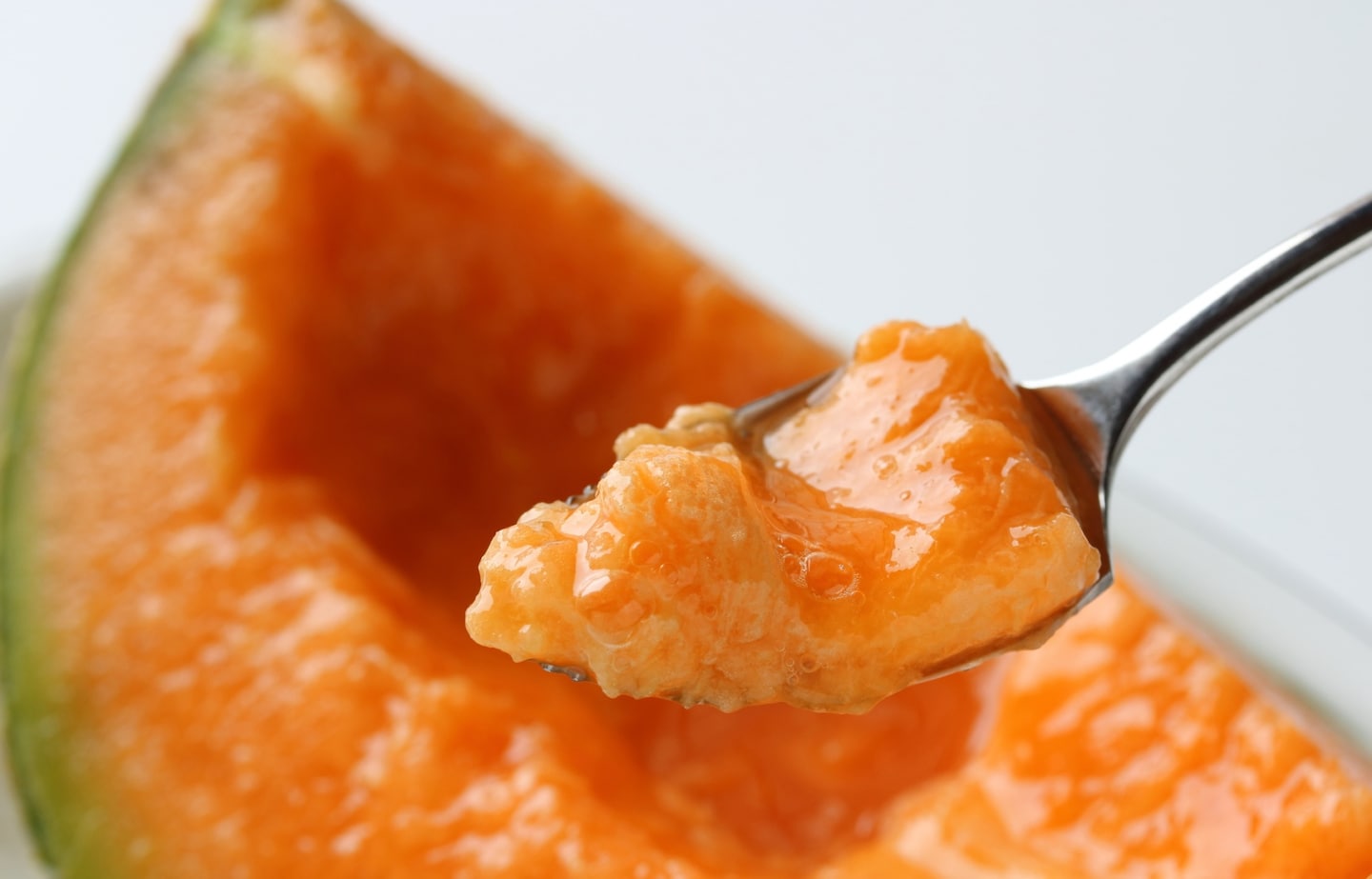
For US$6,000, you can book an amazing trip to Tokyo complete with flights and five-star hotel stays. Or, you can buy a single black watermelon! Thanks to perfectionism and creativity there are several kinds of ultra premium fruits on offer here in Japan, but we've gathered up the creme of the crop: five of the most expensive fruits in the world.
By Thomas Shiozaki5. Square Watermelons
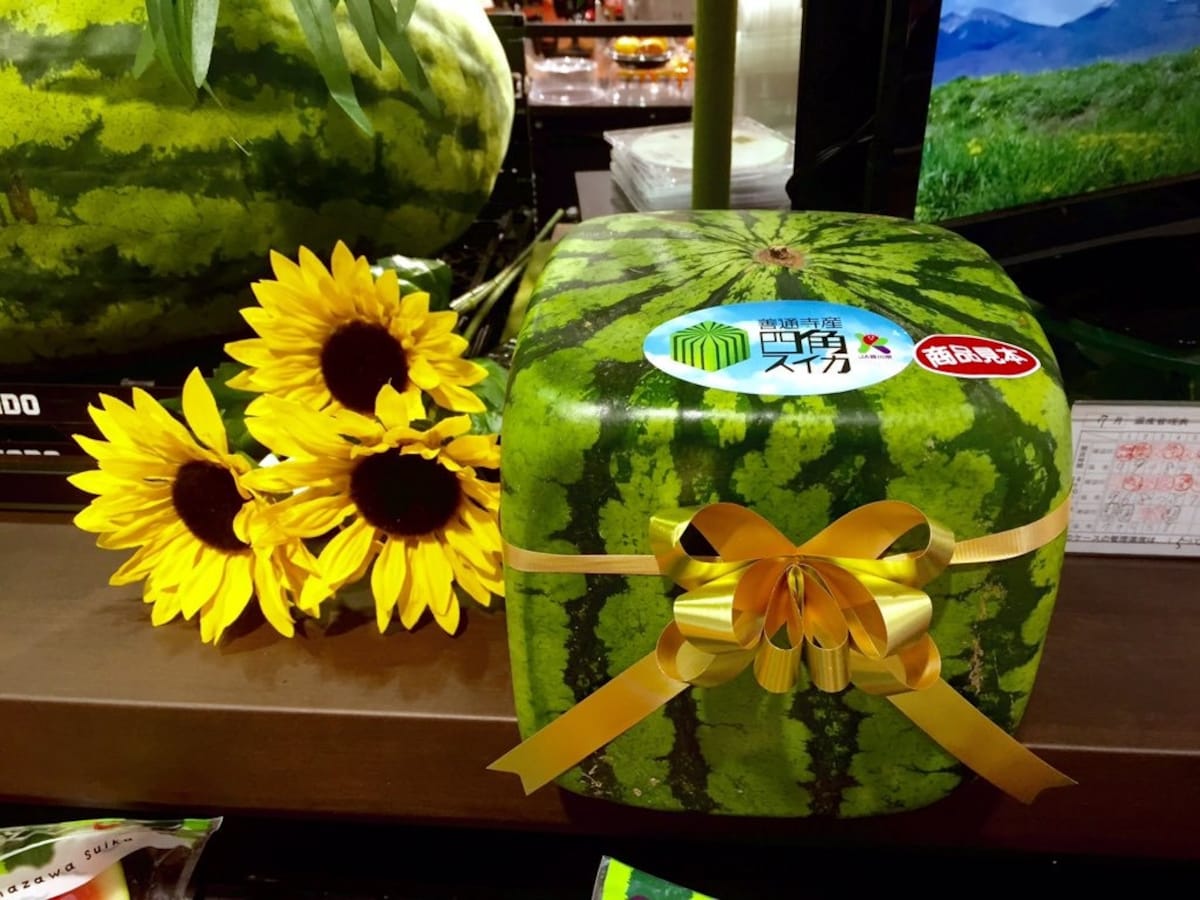
https://twitter.com/hikoneNIKON/status/750612421589422081
Let's start with the cheapest fruit on our list, a ¥15,000 (US$150) per piece square watermelon. We aren't joking, it's the cheapest on our list—the equivalent of a month of bento lunches in Tokyo—though they can go up to US$800! These watermelons are grown in special cube cases that force the melons to take on their unique shape. But when you cut them open, they look no different than a regular watermelon. However, they are sold unripe and are not sweet at all. They make better decoration than food.
There are generally two stories to explain the origin of square watermelon. One suggestion is that farmers were thinking of a more effective way to ship watermelon. Another hints at creating a watermelon that fits perfectly in the refrigerator (as explained in the video above). Regardless of how they began, the watermelons certainly became luxury art pieces.
4. Taiyo no Tamago Mangoes
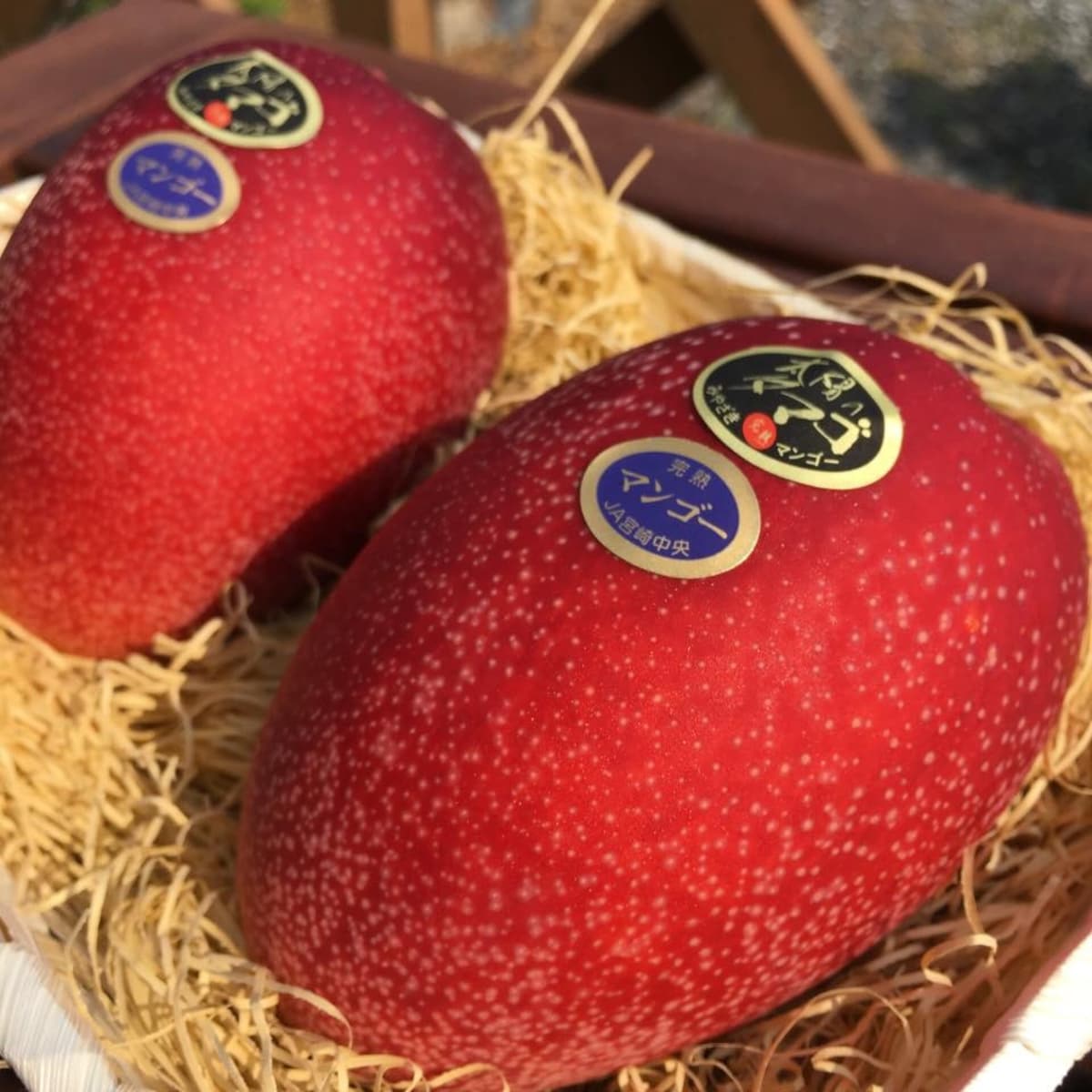
https://www.facebook.com/photo.php?fbid=2157012351199183&set=pcb.2157012404532511&type=3&theater
Next on our list are mangoes. If you're looking to splurge on expensive fruit, these ¥13,000 (US$116) melons are a good starting point, with higher end fare costing US$3,662 for a box of two. Interestingly enough, Japanese mangoes are considered premium fruits in Japan. The imported variety, coming from India, the Philippines or Thailand can range from ¥500-¥1,000. But locally grown mangoes are even more expensive, given the fact that farmers want to perfect their fruits to earn a special distinction.
For the special distinction, each mango must weigh at least 12 ounces and have a high sugar content. One of the best Japanese mango brands is "Taiyo no Tamago" (Egg of the Sun), grown in Miyazaki Prefecture. Taiyo no Tamago mangoes have an advantage at meeting the conditions for special distinction because they are light in weight and high in sugar content, making these mangoes the best fruit to try out during the summer.
3. Densuke Watermelon
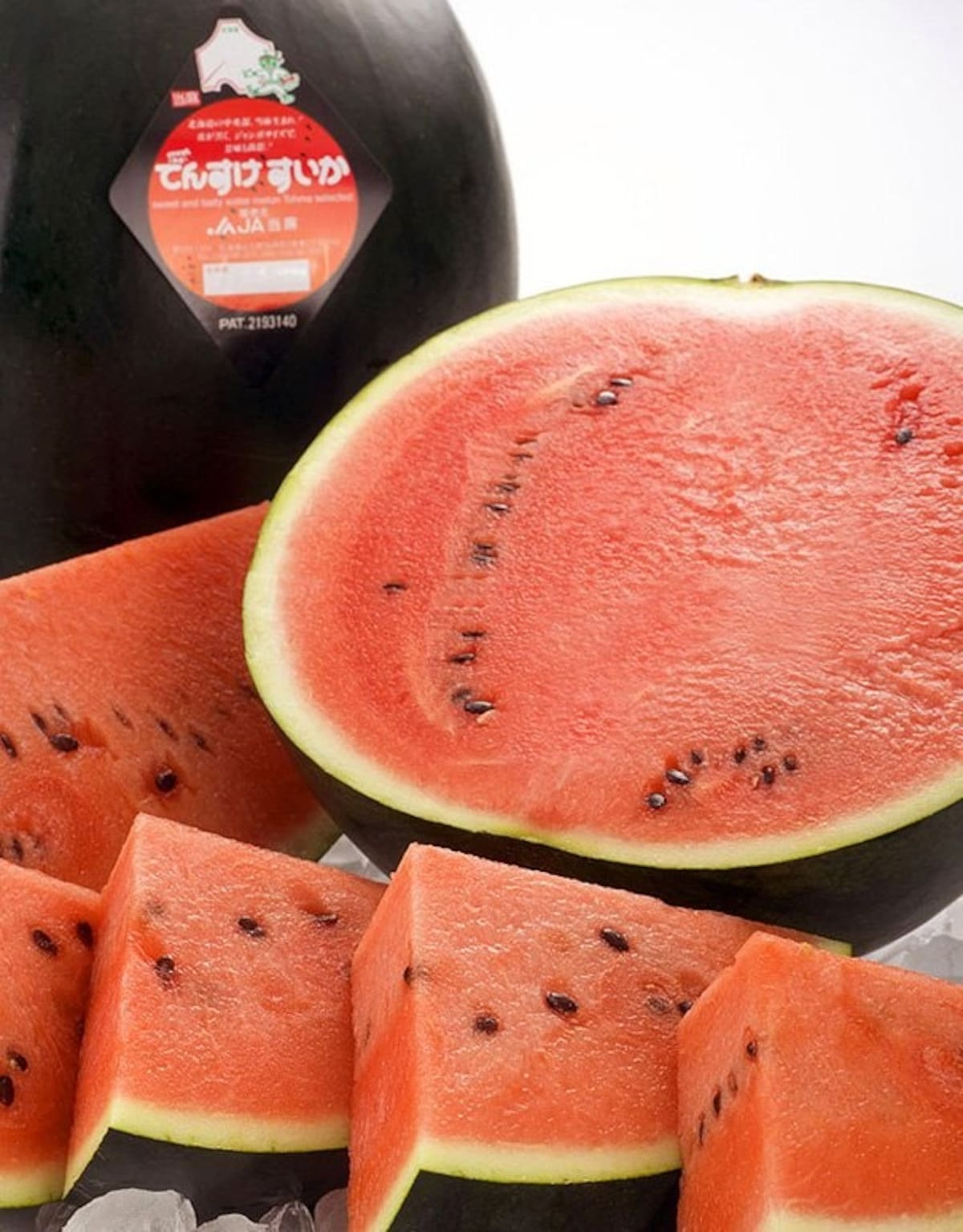
https://twitter.com/tsukijiichiba/status/889763758301528064
Another type of watermelon has made our list. This time, it's the rare Densuke watermelon. One melon, in particular, sold for ¥650,000 (US$5,800), setting a record high in 2008. Why is this melon more expensive than its cubic cousin? The Densuke's extremely dark skin, which isn't exactly black but close enough, is considered much sweeter than normal watermelons. Just like other luxury fruits, the sweeter it is, the higher it can be priced. One last fact about the Densuke watermelon's price point is its scarcity. These watermelons can only be grown in Hokkaido, where are only 100 are produced each year. Even with the steep price tag, there are still people willing to buy them. And unlike the square watermelon, they are made to be eaten.
2. Ruby Roman Grapes
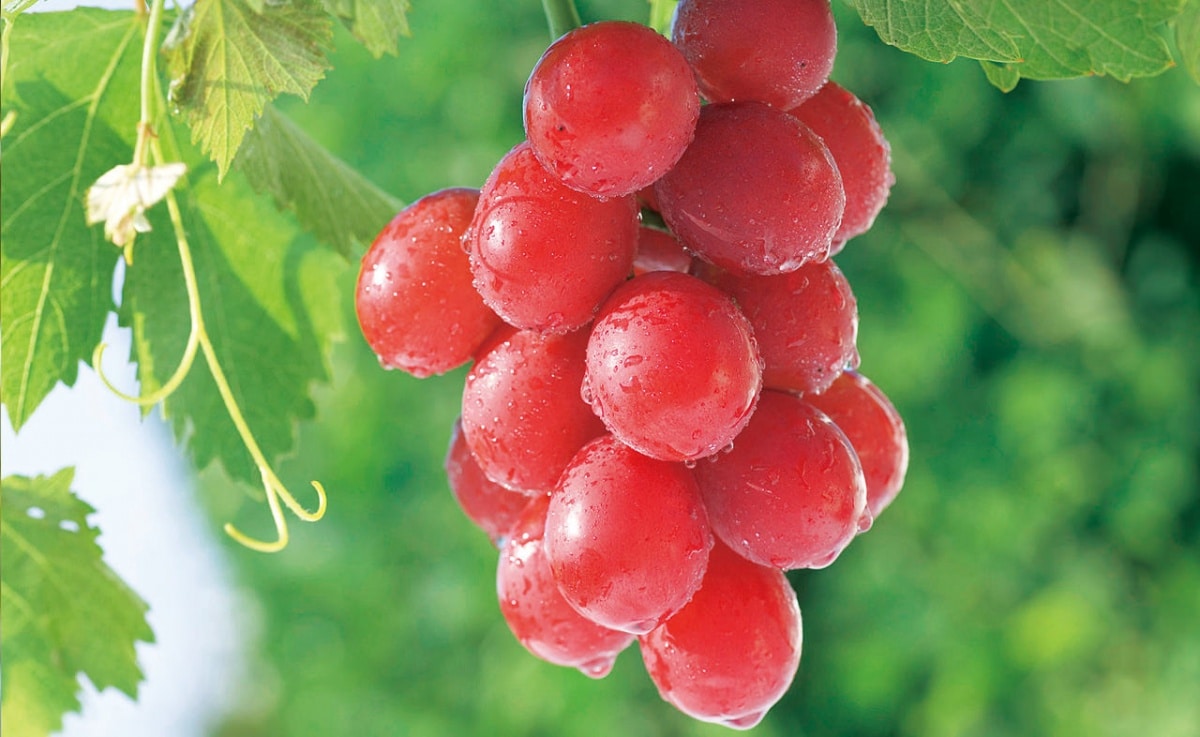
http://www.is.zennoh.or.jp/rubyroman/
Next on our list are Ruby Roman grapes from Ishikawa Prefecture. As you can see, these large red grapes are about the size of a ping pong ball and can range in price from ¥40,000 (US$357) to US$4,000 for a grape bunch. The desired qualities of luxury grapes include a perfectly round shape, sugar content at least 18 percent and a weight of around 20 grams. One particularly lucky bunch of 26 grapes were sold in 2016, costing the new owner ¥1,100,000 (US$9,812), or ¥42,307 (US$337) per grape.
1. Yubari King Melon
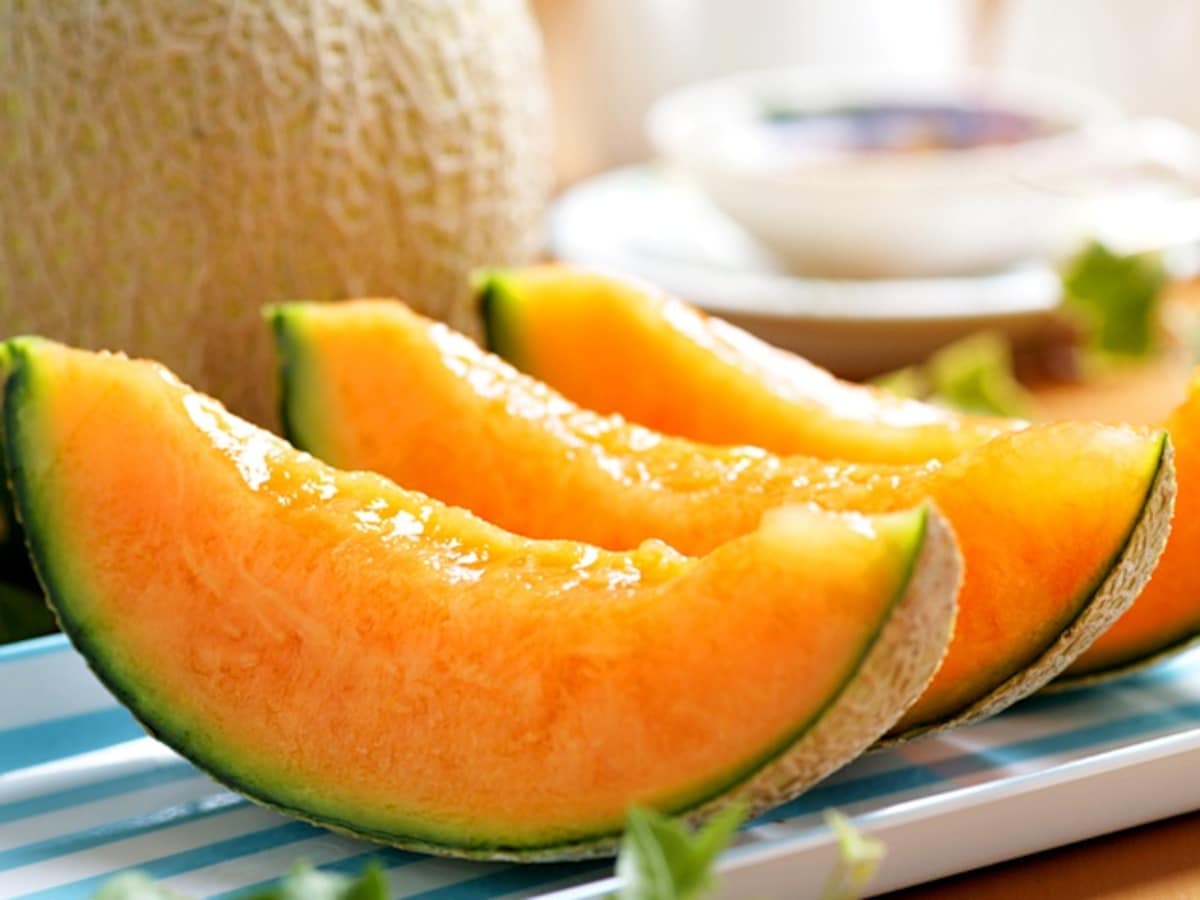
Yubari King melons, named after the city in Hokkaido where they are grown, typically command a good price. While a reasonably priced Yubari King can be found for ¥10,000 (US$89.26), we want to focus on the record-breaking variety—two melons, in particular, that sold in 2016 for ¥3,000,000 (US$26,779)!
How could a melon be so expensive? For sure it requires a great amount of effort to make these melons the "king" of fruits. After the new melons have sprouted, selected ones are given shade to protect them from the sun. This arduous process makes the melon sweeter in taste. The ones that fetch a high price have a perfectly round shape and remarkably smooth skin. Finally, their stems trimmed to a tidy ‘T’ shape and are sold in pairs in auctions.
Would you spend a million yen on a melon?



